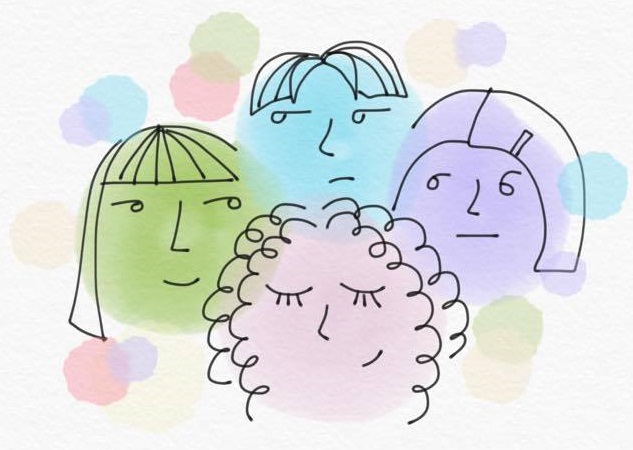The regrettable lack of women studying science, technology, engineering, and mathematics (STEM) in post-secondary education is well-documented. Efforts to minimize this gender imbalance are widespread, and include initiatives such as Girls Who Code and a UNESCO publication investigating its root causes. However, similarly concerning, yet often overlooked, are rising gender imbalances in creative fields and universities as a whole. The Guardian reported last year that women, disproportionately pursuing creative fields, are now over 30 per cent more likely to attend university than men. In order to reach a more equitable gender distribution in higher education, the widespread initiative to encourage girls to study STEM subjects should coincide with an effort to encourage men to pursue arts, the humanities, education, and the numerous other faculties in which they are now the minority. Such initiatives are necessary as this imbalance is likely both an indication and perpetuator of toxic gender stereotypes.
The simplest explanation for the lack of men in university, their uneven distribution among majors, and specifically, their tendency toward STEM degrees, is the perceived economic utility of a university degree. As the number of people receiving undergraduate degrees increases—from two per cent of the population in 1945 to 43 per cent today—the value of those degrees decreases. It could be that, in the face of anxiety about financial prosperity, men have tended toward trades, STEM, and business degrees in order to fulfil the lingering ideological archetype of the breadwinning man.
But, this narrative is complicated by the increasing gender imbalance in medicine faculties, in which women now make up the majority of students. If it were the case that men are more motivated by the economic utility of a degree, then surely we would see a similar percentage of men pursuing medical careers. A far more disturbing explanation for why men and women are enrolled in different faculties to such varying degrees is that men are ideologically imbued to view the empathetic engagement necessary for the practice of medicine, arts, and education as effeminate.
When I first came to McGill, I found myself in classes where women seemed to constitute 80 per cent of the students around me. I began entertaining the bizarre—and ultimately absurd— proposition that perhaps men don’t like books and art as much as women. Of course, it doesn’t seem impossible that different genders are predisposed to different interests based on subconscious and diverging notions of a biological imperative. Yet, such a conclusion fails to account for the extent to which men are affected by a gendered ideology which finds some of its last footholds in trades, STEM, and business. This ideology condescends upon introspection and creativity, unless it’s coupled with antiquated rhetoric of masculine genius.
To dissolve this outdated ideology, there need to be more concerted efforts to direct boys toward the subjects to which they are apparently disinclined. We need to disabuse boys of their conception of arts and learning in general as being unmasculine. Surely, a better academic world is one in which people study what they want, free from the gendered societal pressure that skews the distribution of students within institutions of higher education.








